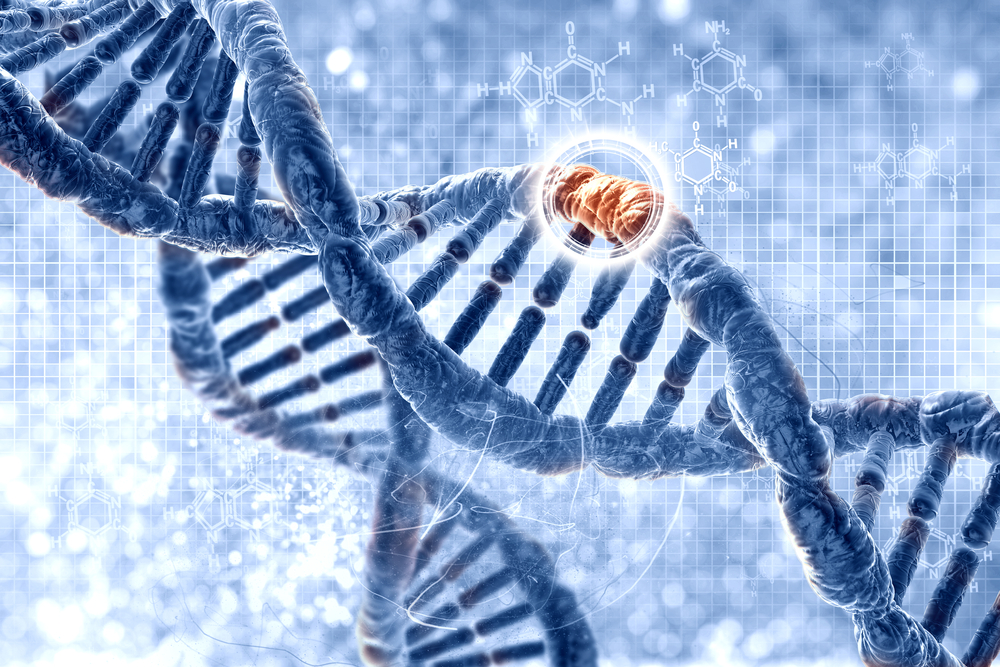University of Virginia School of Medicine researchers have identified and mapped a series of gene sites thought to control immune cell responses. Importantly, researchers found that similar genes with similar genetic mapping positions seem to control both body weight and immune cells’ behavior after infection. The paper, titled “Genomic Modifiers of Natural Killer Cells, Immune Responsiveness and Lymphoid Tissue Remodeling Together Increase Host Resistance to Viral Infection,” was published in PLOS Pathogens.
A great deal of research has focused in the discovery of the genetic elements that control individuals’ resistance or susceptibility to viral infection, to better understand how immune defenses work and how this knowledge can be applied to vaccine design, immuno-oncology and the overall protection of human populations. Although some genes important to a host’s defenses have been found, many remain to be identified.
Researchers used a series of genomic and phenotypic analyses to try to identify host genes that control immune cells and sensitivity to viral infection, developing a system to study the role of such genes. The team also used mouse models to describe immune cell characteristics in the animals before and after viral infection, and then to map and identify the genes responsible for such modifications. Several genetic modifiers mapped to 19 positions on 16 chromosomes were identified. Moreover, the researchers identified a specific gene, Cmv5, that controls the frequency of natural killer (NK) cells, crucial for the cell’s ability to fight infection and for its lymphatic tissue organization.
“I think this is a really important finding because in addition to its effect on natural killer cells, it controlled the entire organization of the tissue,” Jeffrey Teoh, a graduate student in Michael G. Brown’s lab and one of the paper’s authors, said in a press release. “Modifying the tissue environment will affect where and how many different types of immune cells are able to interact, which could drastically affect the immune response and health of the individual after infection.”
Researchers believe that the newly found genes and their loci will have relevance to human immunity, namely as potential targets for immune therapy and vaccine development, although further research is necessary.
“We still have to find the specific genes that control the actual characteristics, but I think we are much closer today than we were,” said Michael G. Brown, the study’s lead investigator.


